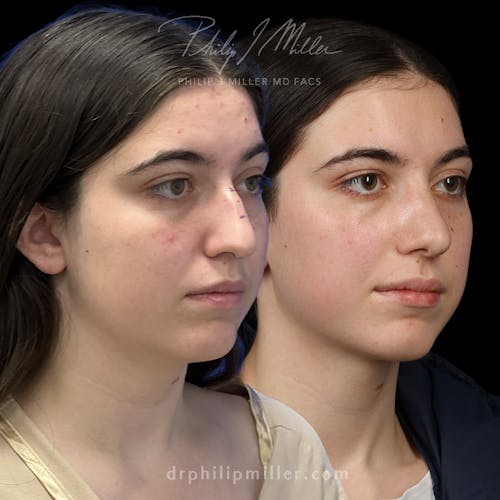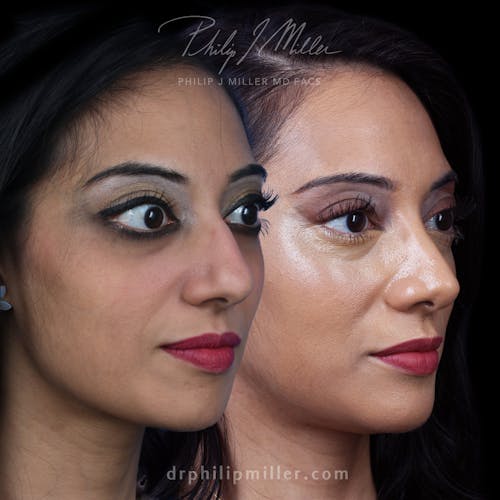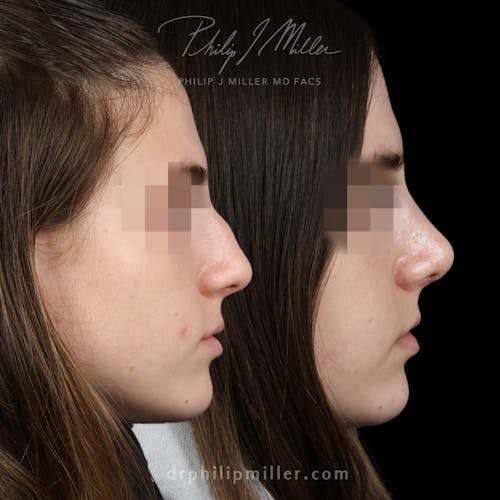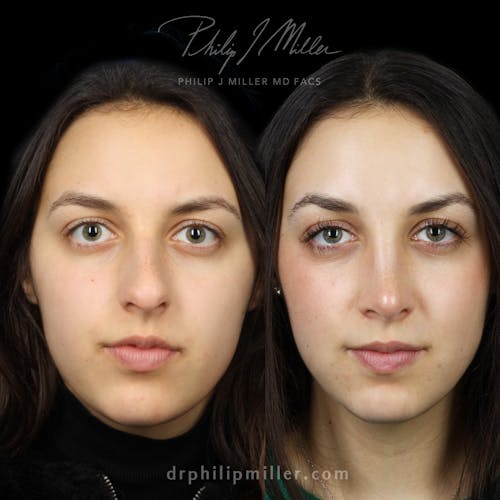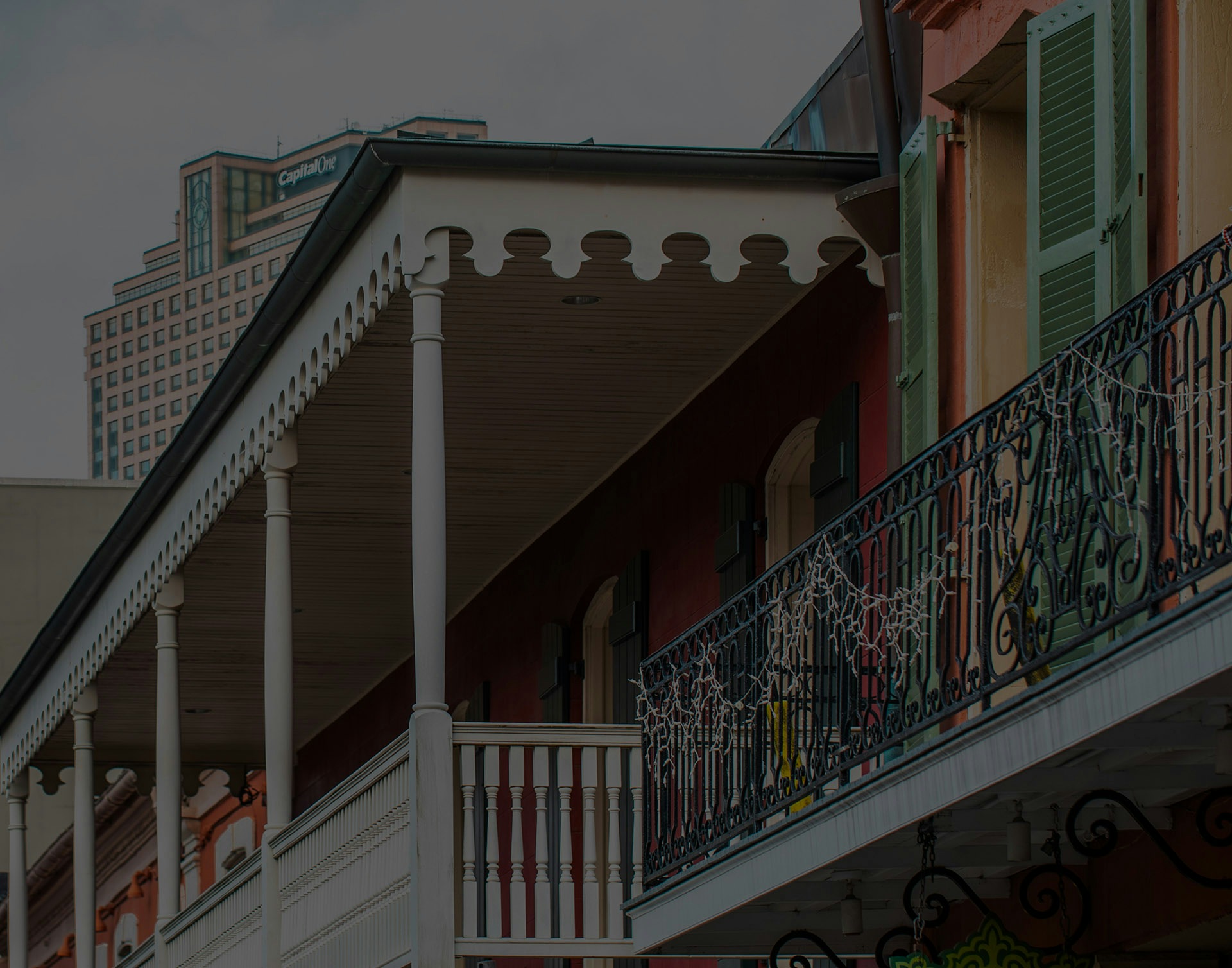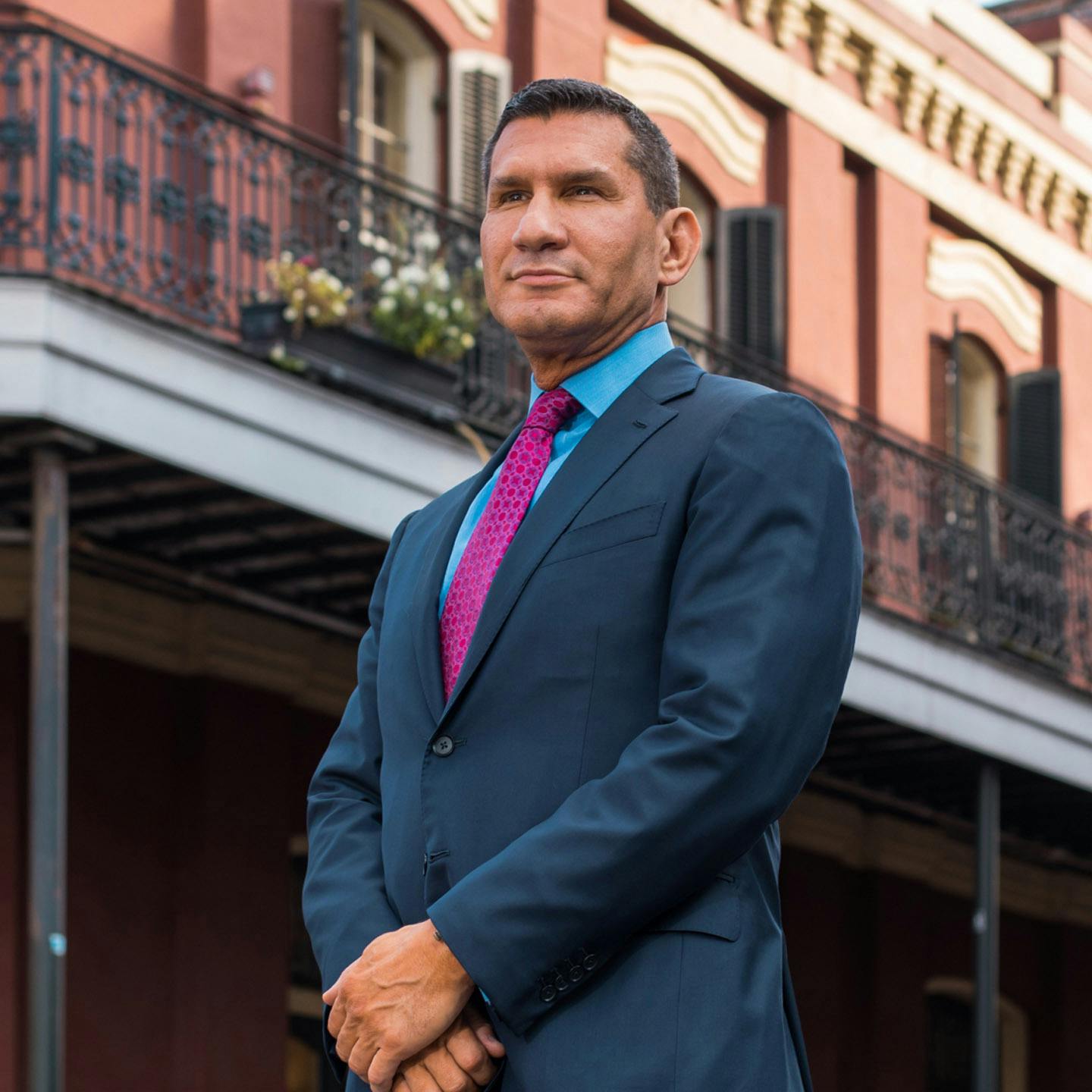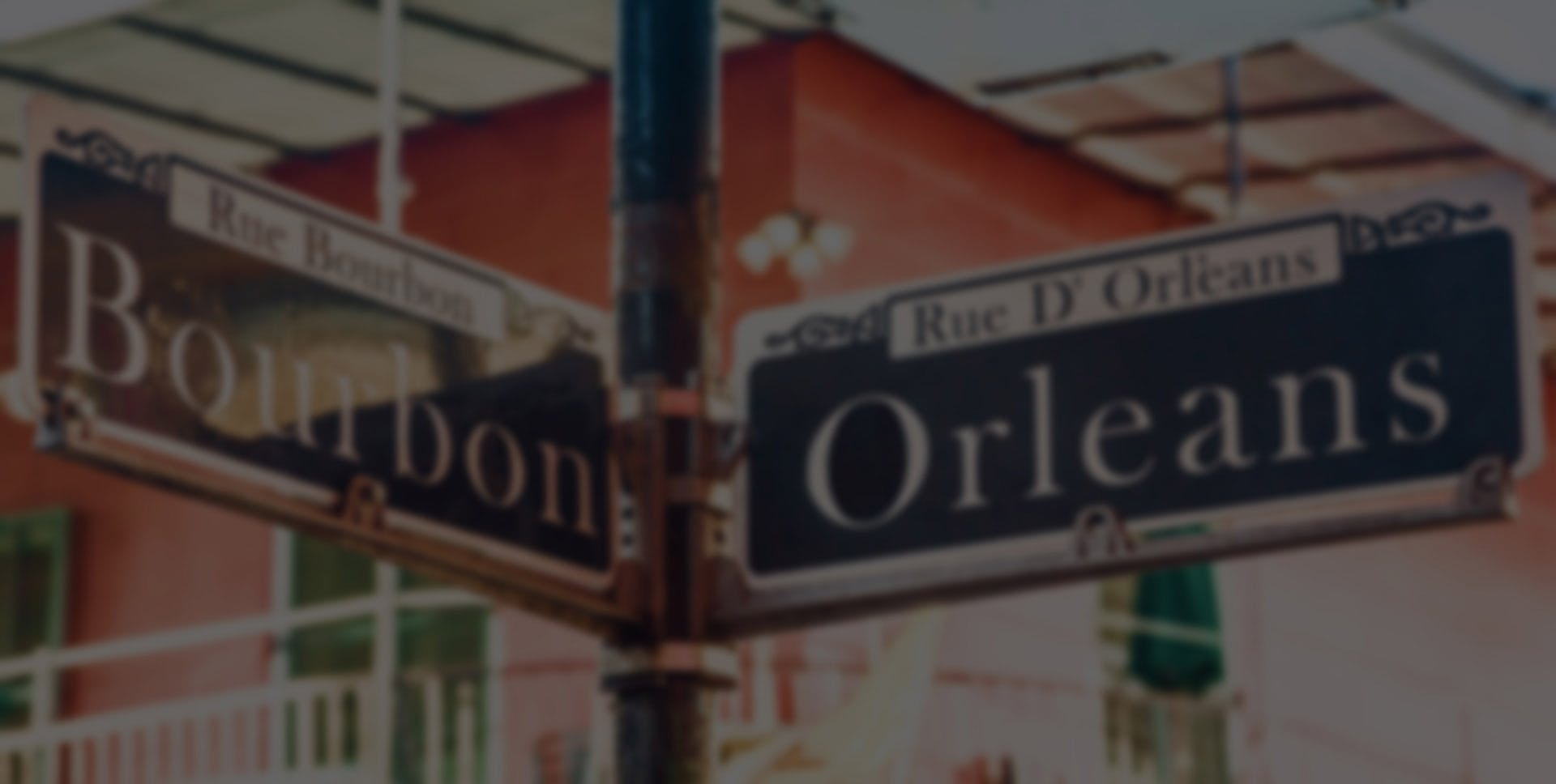Dr. Philip Miller is a world-renowned facial plastic surgeon who excels in all things rhinoplasty. If you are interested in receiving an expert rhinoplasty in New Orleans or Metairie, come see Dr. Miller.
NatraLook
One of the biggest reasons for Dr. Miller’s long-term success is the excellent rapport he builds with his patients. Dr. Miller considers himself a partner in each patient’s journey toward aesthetic confidence; he knows that when patients feel good about their appearance, self-assuredness ripples into all areas of their life. The first experience patients have with Dr. Miller is the NatraLook process, which is Dr. Miller’s comprehensive and patient-centered version of a consultation. During the NatraLook process, Dr. Miller studiously listens to the patient’s aesthetic ideals, insecurities, and medical history. The goal is for the patient to feel comfortable enough to communicate fully and honestly in a non-judgemental, supportive setting.


